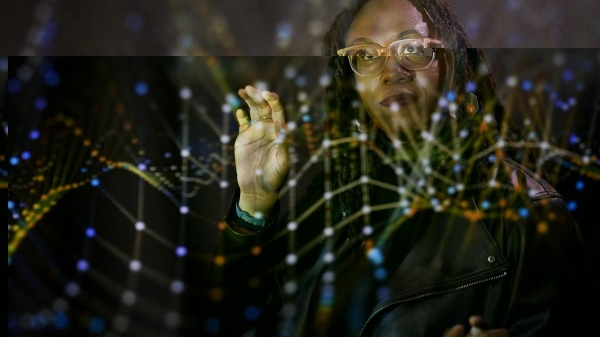Finding ourselves: History of exploration launched Apollo 11
If you are of a certain age, you remember with clear memory the intensity of seeing man's first steps on the moon in black and white. However, in his incisive article in the Chronicle of Higher Education, Arizona State University professor Stephen Pyne reminds us that "try as we might to make anniversaries into occasions that look ahead, the impulse to look back is overwhelming, and that is certainly true for the 40th anniversary of Apollo 11's lunar landing, on July 20, 1969.
Pyne examines the cultural landscape behind human exploration, well before those first lunar footprints were made, from what propelled the 15th century Great Voyages of the Renaissance to the freeze-frame hindsight implicit in contemporary efforts in space.
Pyne writes: "The paradox of space exploration may not be that its partisans looked too far into the future, but that they looked too eccentrically into the past. They sought to justify the project by appeal to evolutionary hard-wiring, to an epoch of European colonization, to the history of American exceptionalism, to a heritage of exploration they thought ultimately divorced from any particular culture. Yet Apollo led only to the shuttle, an American Concorde, finally with no purpose other than to build a space station, whose own purpose was to justify the shuttle. In odd ways, the project looked back, not ahead, seeking to run machines with the cultural codes of earlier eras, like downloading golden oldies onto a shiny iPod."
He closes with these thoughts: "The Voyager mission suggests how an alternative might have happened. If its greatest images have looked back – even its discovery of volcanoes on Io was the outcome of back-sighting after its encounter with Jupiter – it has continued outward. It continues today. It carries the future of space exploration with it.”
Stephen J. Pyne is a professor in the School of Life Sciences in the College of Liberal Arts and Sciences at Arizona State University. His published works range from the study of fire and Antarctic ice to the hiistory of exploration. He is the author most recently of “Voice and Vision: A Guide to Writing History and Other Serious Nonfiction” (Harvard University Press, 2009) and of the forthcoming “Seeking Newer Worlds: An interpretive history of the Voyager mission” to be published by Viking in 2010.
Article source: The Chronicle of Higher EducationMore ASU in the news

ASU celebrates new Tempe campus space for the Labriola National Data Center

Was Lucy the mother of us all? Fifty years after her discovery, the 3.2-million-year-old skeleton has rivals
